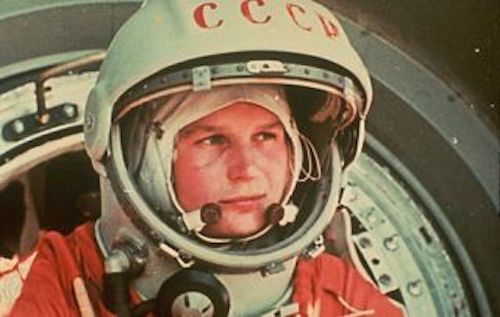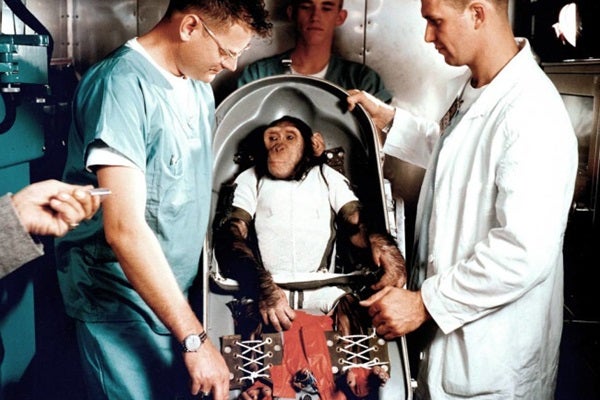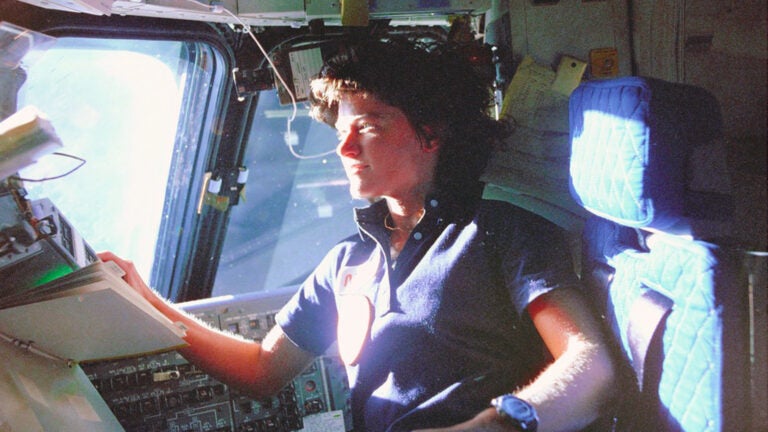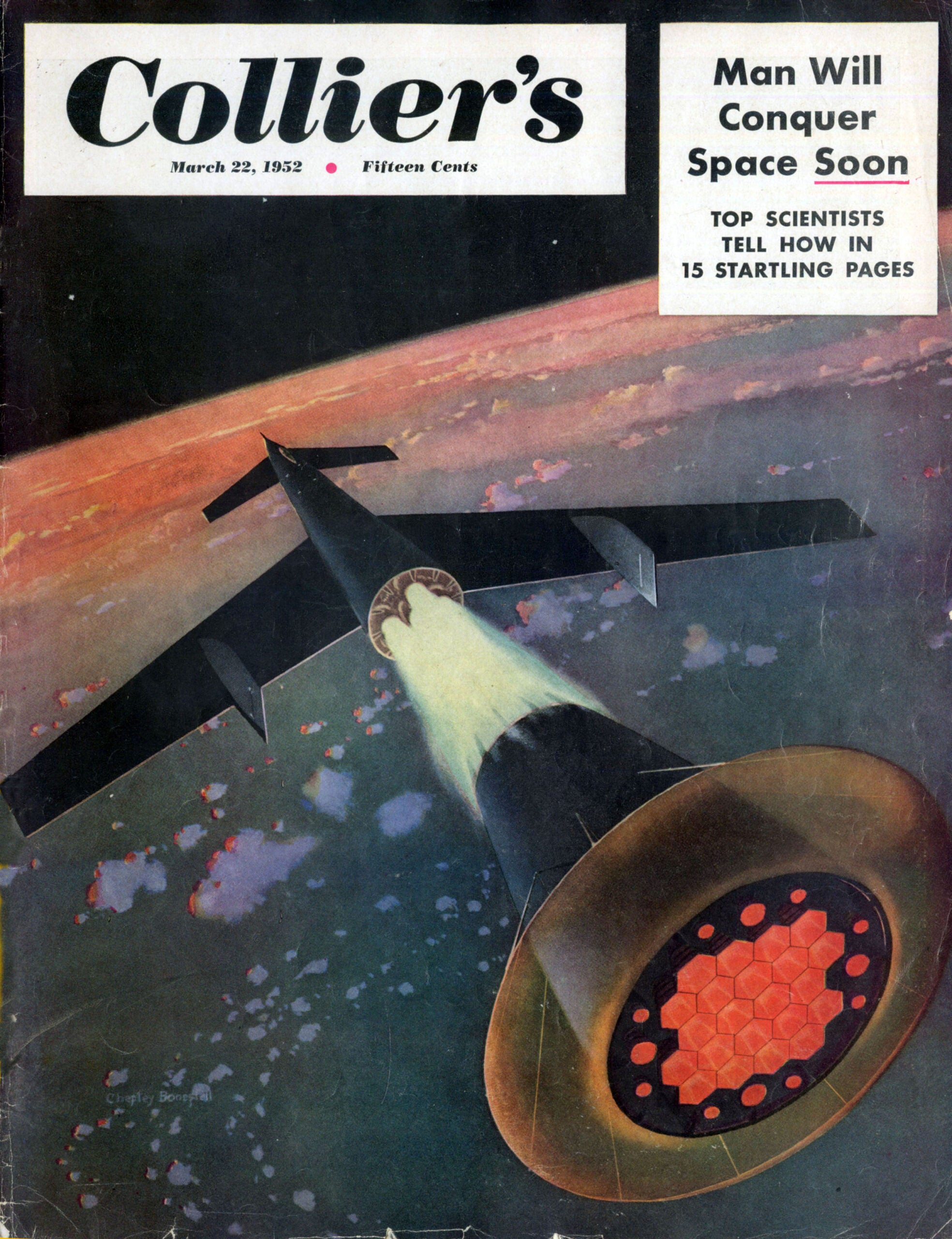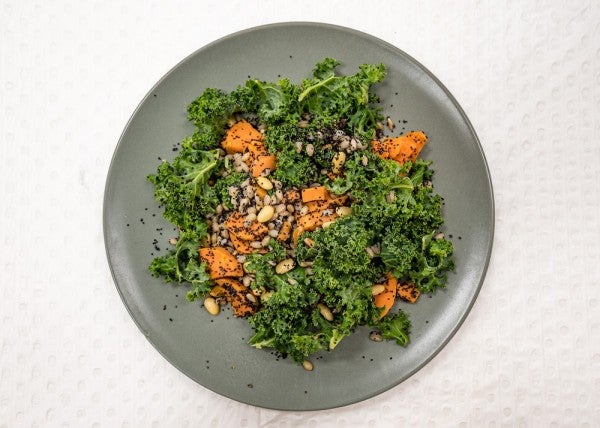
An international team of scientists have developed a “space salad” that can keep astronauts well-nourished on future missions into deep space.
The salad consists of seven ingredients — soybeans, poppy seeds, barley, kale, peanuts, sunflower seeds, and sweet potatoes, all in carefully measured amounts — that can be grown in small enclosures on a spacecraft and fulfill the nutritional needs of astronauts on long-duration trips.
Researchers from Australia, the U.K., and the U.S. chose the ingredients based on their nutritional value, growth rate, water and space requirements, and the amount of inedible waste produced.
“Mars exploration will be only possible with fresh grown plants [because] food payload for two to three years isn’t possible,” Shu Liang, a doctoral student at the University of Adelaide who led the new research, tells Astronomy.
While the ingredients selected for this space salad are the best options available at this time, the team is now working on selectively breeding them to increase their nutritional value, decrease their required growing space, and increase their ability to quickly grow using hydroponic fertilizers.
Anything that can’t be eaten — such as the leaves and stalks of the peanuts and sweet potatoes — will be burned, says Liang. And any nutrients extracted from the resulting waste will then be recycled into the hydroponic system, she adds.
Nutrition in space
Astronauts don’t follow the normal circadian rhythm that most of us follow here on Earth, which consists of about eight hours of sleep followed by 16 hours of being awake, says Liang. Social activities, exercise, and sports here on Earth are also timed to fit that pattern, which means astronauts in space must cope with any differences.
The human body also experiences physiological stresses in space, where it’s exposed to unusual conditions like microgravity and increased cosmic radiation for relatively long periods of time. Microgravity, for example, causes bone loss, which means that astronauts require more than the usual amount of nutrients like calcium and vitamin D.
“The nutritional requirements in space are different than on Earth,” says Liang. That means astronauts on long-duration trips will need to consume nutrient-dense foods to offset some of the detrimental health effects spaceflight has on the body, she adds.
Crops for spacecraft
To determine the best ingredients for the space salad, Liang and her colleagues began with a selection of 100 crops. They then measured each crop’s carbohydrates, component fats, vitamins, amino acids, fiber content, and other nutrients.
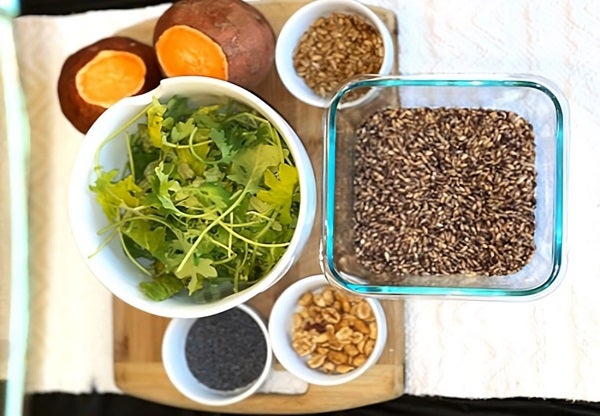
Next, they used a computational model to identify 10 salads, each with between six and eight ingredients, that provided the necessary nutrients at desired levels. These nutritional requirements for astronauts were outlined in a 2011 study conducted by specialists at NASA.
The winning space salad was the most nutritious of the 10 finalists, says Liang. But it also took into consideration the room each plant would need to grow, as well as the amount of inedible waste produced.
Space salad psychology
The computer-selected salads were also assessed for their psychological value, which could become especially important on long voyages where astronauts might be faced with eating the same thing day after day for years. The color, taste, texture, and freshness of the ingredients were all taken into consideration.
“Food is such an integral part of staying healthy and happy,” Liang said in a University of Adelaide news release. “As well as the nutritional values and ability to grow the plants in space, we also looked at other important aspects of a space diet to promote astronaut well-being, including color, taste, and eating together.”
The final space salad was put in front of four volunteers as part of a test carried out by space psychologist Karolina Rivera-Osorio, who is now at NASA headquarters in Washington D.C. After eating the salad, one of the volunteers even commented that they “wouldn’t mind eating this all week as an astronaut.”
What astronauts eat
Right now, all human space travel takes place near Earth. That means that astronauts don’t need to grow a lot of their own food, unless it’s part of an experiment.
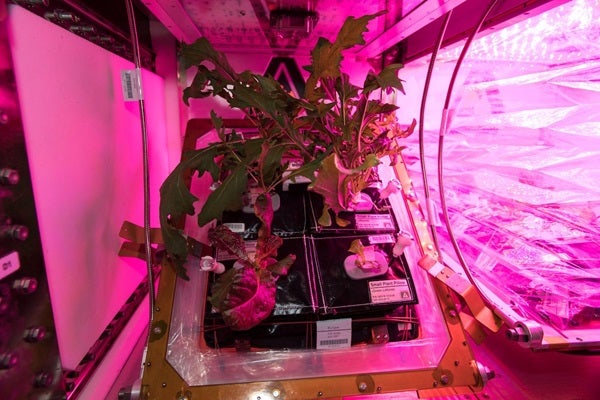
An article by NASA details the astonishing variety of food that’s been consumed on the International Space Station (ISS) over the years, including regional delicacies like Slovenian sausages, samosas, and sushi. But figuring out which foods are ideally suited for consumption in space is part of a learning curve.
For instance, we now know that regular bread isn’t well-suited for consumption in space, as it goes stale too quickly and eating it results in too many crumbs. However, tortillas have been found to be an ideal alternative, which is why they are widely used as a bread replacement.
In general, Liang says, astronauts on the ISS mostly eat prepackaged food that is freeze-dried, dehydrated, or “thermostabilized” (heat treated to destroy harmful microorganisms). Nonetheless, spacefarers are still treated with occasional deliveries of fresh food.
This means that astronaut meals on the ISS can include meats like chicken, beef, and fish. But such meat still must be precooked, as the ISS has no refrigerators for storing food.
Although meat and other space delicacies are an option for astronauts in Earth orbit, during future deep-space missions, astronauts will not be able to resupply their food stores through regular resupply missions.
Still, “I think astronauts can benefit from our vegetarian diet,” says Liang. “Vegetarian food can not only meet the nutritional needs of astronauts, but also provide the opportunity to grow these crops during space missions, without worrying about the problem of food resupply through cargo.”


